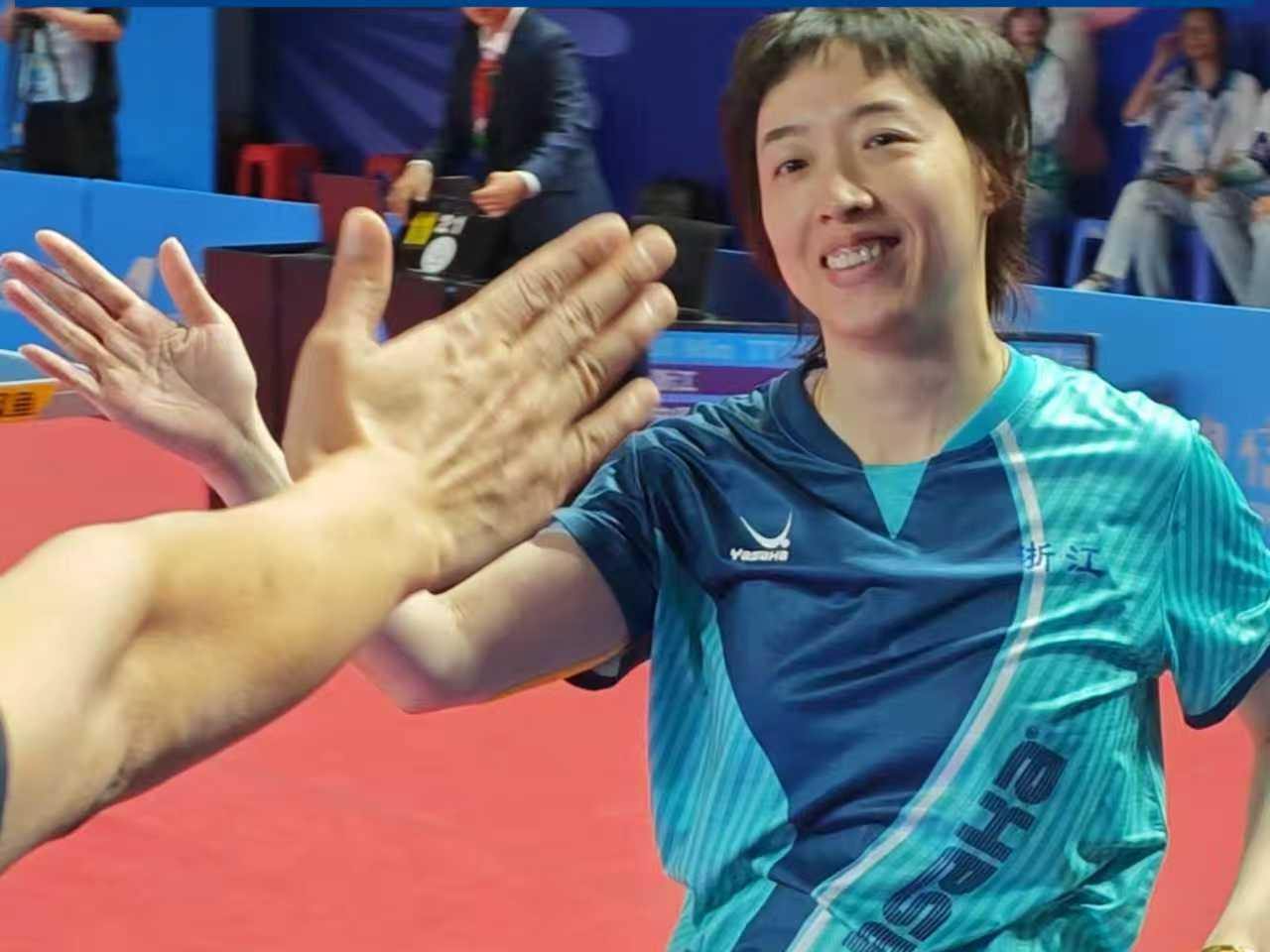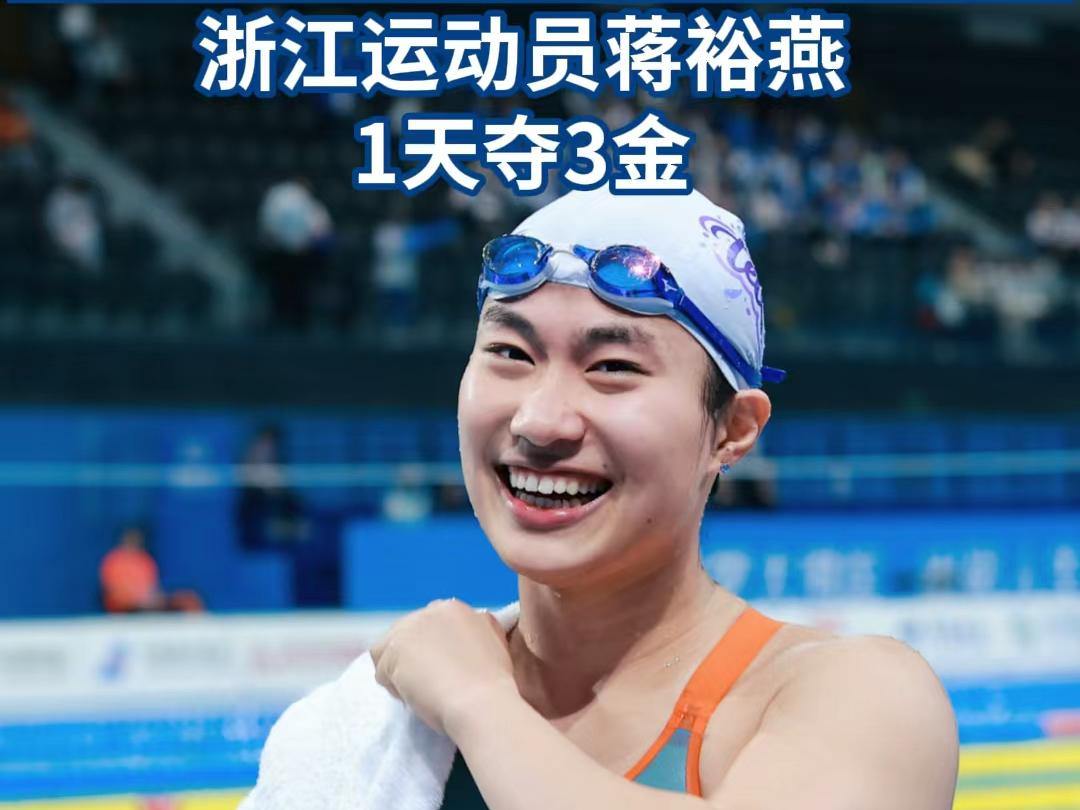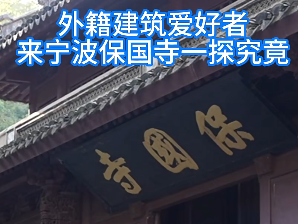Nowadays the glory and tradition of Longquan Kilns is being carried on by a new generation of celadon masters born in the 1980s and the 1990s. Ye Fang, born in 1985 into a family of celadon masters, is one of these young porcelain makers. Her grandfather worked in the state-run porcelain making factory in Longquan and her parents have worked in the celadon making industry in Longquan. With an unusual passion for celadon, she takes lessons from Chen Aiming, a China porcelain master.
Today, Ye Fang owns and operates a celadon brand Dongtu, literally meaning “eastern land”, trying to integrate modern design and understanding with celadon and enable the young to love modern celadon.
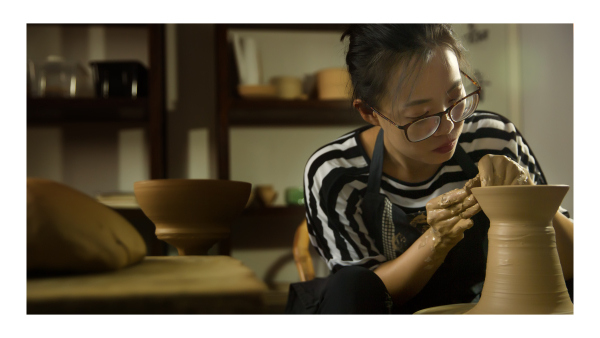
Her parents have worked in the time when celadon making shifted from survival to renaissance. In her own time, celadon making needs innovation and must embrace the consumption economy and appeal to young consumers. Ye Fang has been exploring the matter of retaining the past glory of celadon.
“I don’t want celadon that presents the past technology only. I want to commingle the past and the modern technology and modern ideas I’ve learned now,” declares the young celadon maker.
With a focus on everyday life and young consumers, Ye Fang makes celadon tea sets, wine sets, and food utensils. The practical function adds a special touch to the beauty of the celadon pieces she makes. She works to establish a connection between consumers and celadon pieces.
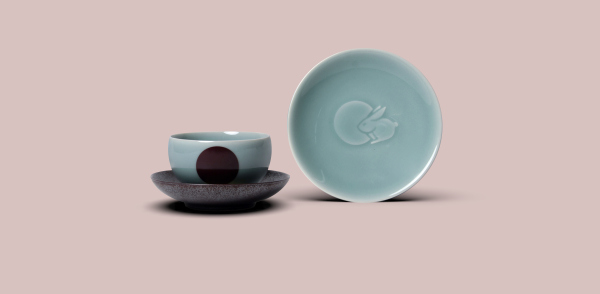
The path Ye Fang chose for herself wasn’t easy at first. Over years, she studied hard. Her celadon pieces looked great in design and in her studio. But consumers didn’t buy creations. She shifted her strategy to creating a celadon brand. The strategic adjustment made her realize the importance of learning more about market, design, innovation. In final analysis, she realized, she needed to be innovative and her products needed to appeal to consumers. She took various courses and she tried new concepts.
She wasn’t very successful at first in opening up a path for herself. Many of her designs were dismissed by her teachers. She persisted and improved. Her celadon pieces became better and better. Her teachers and colleagues and eventually consumers found her celadon pieces highly acceptable.
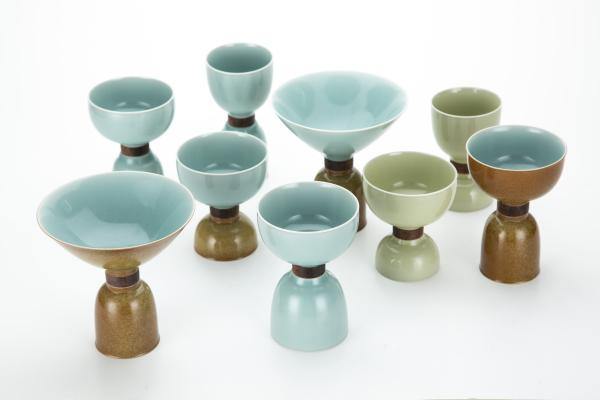
In 2014, Ye Fang and a few young native celadon makers in Longquan jointly set up a celadon company. Instead of making celadon artworks, they design and produce celadon utensils with a focus on practical functions. Today, the company thrives. At the Third China International Tea Expo in 2019, Ye Fang presented some innovative celadon pieces to visitors. Two celadon tea cups could be joined together to become a cocktail cup. Also on view were celadon trophies for the 14th FINA Short Course World Championships held in Hangzhou in 2018 and a celadon tea set in the style of minimalism. Also in 2019, Ye Fang presented her creations at a celadon exhibition at the UN headquarters in New York.
Ye Fang has got a special equation for her success. In her eye, success equals new design, three centers, and brand building. The so-called three-center part of the equation is that her development strategy is centered respectively on celadon aesthetics, on diligent research and study, and on the regional characteristics of Longquan.
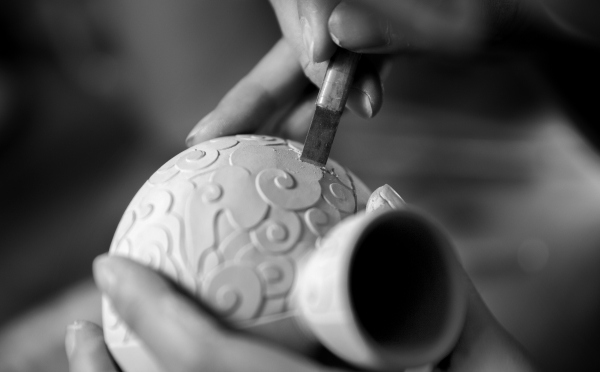
A well established celadon designer and maker, Ye firmly believes that practice makes perfect. She keeps practicing her techniques and keeps coming up with new ideas. “I must practice and come up with new ideas. This is the only way to keep my creativity and originality alive. It would be too late if I didn’t create until 30 or 40. Creativity and originality might get lost if didn’t engage myself constantly in creative thinking,” says the female celadon master.
Ye Fang plans to visit local celadon masters working in Longquan to learn from them and make herself an all-round celadon master. This field study is designed to enhance her ability to create. “Traditional celadon techniques of Longquan are the very essence of my creations,” says the young celadon master.



